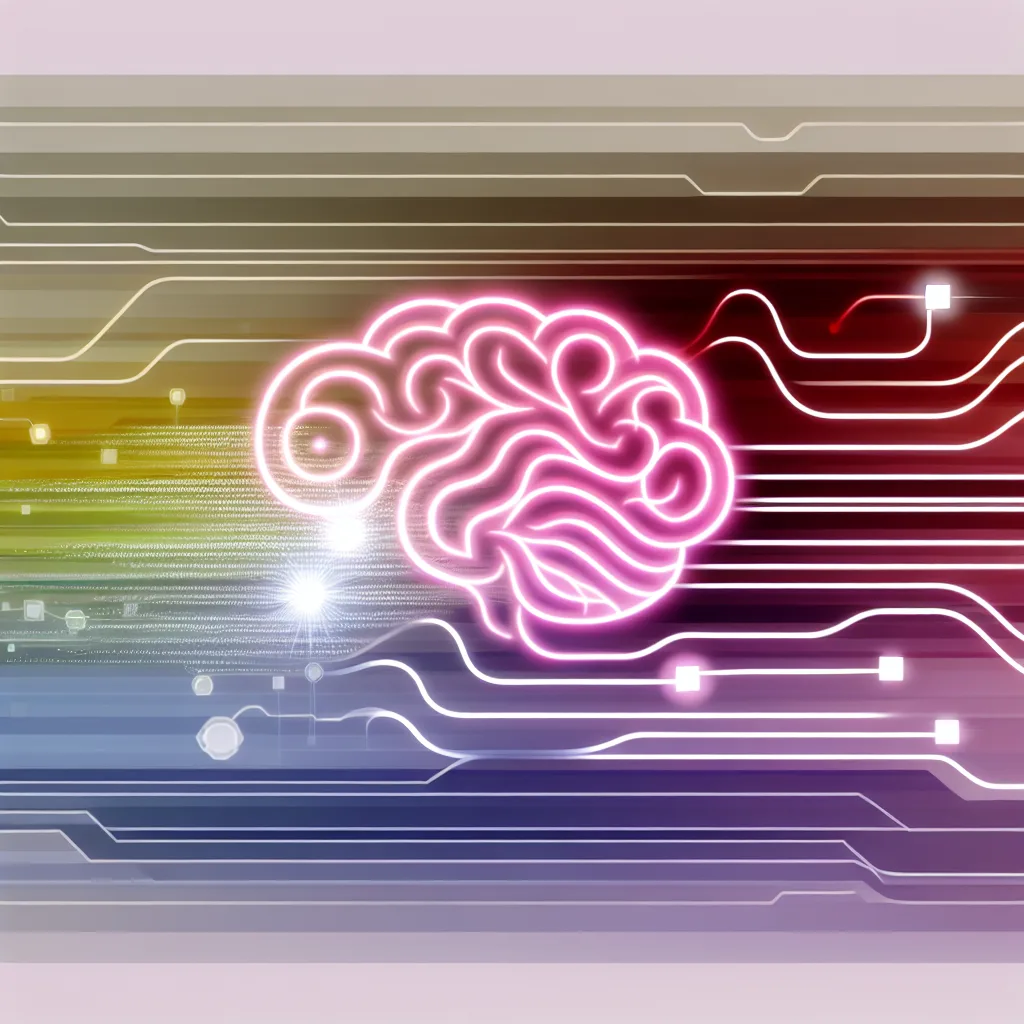Exploring how data quality and scaling keep AI advancing beyond today’s limits
If you’ve been following the chatter around artificial intelligence lately, you might have noticed some folks getting a bit impatient. They see incremental improvements and wonder if AI’s days of big leaps are behind us. But here’s the thing: AI scaling still works, and understanding why can give us a clearer picture of where AI is headed next.
What is AI Scaling and Why Does it Matter?
AI scaling refers to the idea that as we use larger and better datasets and more computing power, AI models improve in performance. This is especially clear with large language models (LLMs), which are designed to predict the next word or token in any given context. Think of an LLM like a clever autocomplete on steroids — it guesses what comes next based on loads of examples it has seen before.
The Magic Behind LLMs
LLMs (especially the transformer models) don’t just regurgitate information; they compress vast and complex data patterns into a manageable, compact form that lets them generate fascinating responses. It’s all about sampling from a probability distribution learned from the training data. The better and more relevant that training data is, the more accurate and useful the model’s responses will be.
So Why Does It Seem Like AI Progress is Slowing?
There’s this phase some call the “AI slop” phase—where improvements look like small incremental gains instead of big breakthroughs. That’s largely because:
1. The data quality feeding into these models isn’t yet top-notch.
2. We haven’t tapped into the bulk of the world’s data yet.
According to OpenAI’s CFO, an estimated 90% of the world’s data is locked behind closed doors, like in enterprises and institutions. That means most AI models out there have only trained on maybe 10% of all the available data—and a lot of that is low-quality or outdated. So, if your AI is trained mostly on websites from the 2000s, it’s naturally going to sound like it’s stuck in that era.
What Happens When We Access Better Data?
This is where things get exciting. If AI models get their hands on high-quality, up-to-date enterprise data, they start reflecting much more relevant and valuable insights. The same AI scaling and architectures we’ve been using will suddenly produce much more sophisticated and helpful results. It’s not about changing the core algorithms—it’s about feeding them better information.
Why Should You Care?
Understanding that AI scaling still works can help temper your expectations and give you patience. The tech isn’t hitting a wall; it’s just waiting for better data to train on. Plus, as companies unlock more proprietary and diverse datasets, we’ll see more notable advancements that feel just as impressive, if not more so, than what came before.
Final Thoughts
The journey of AI so far has been remarkable, but it’s still early days in terms of true potential. Remember, AI scaling hinges on data quality and volume. The algorithms are solid; we just need to unlock the right data sources.
For more technical insights, you can explore resources like OpenAI’s official blog and Google AI.
So next time you hear someone say AI has plateaued, you can share this perspective — it’s not about the model’s limits but the data it learns from. And as that improves, so will AI’s capabilities.
Happy exploring!
